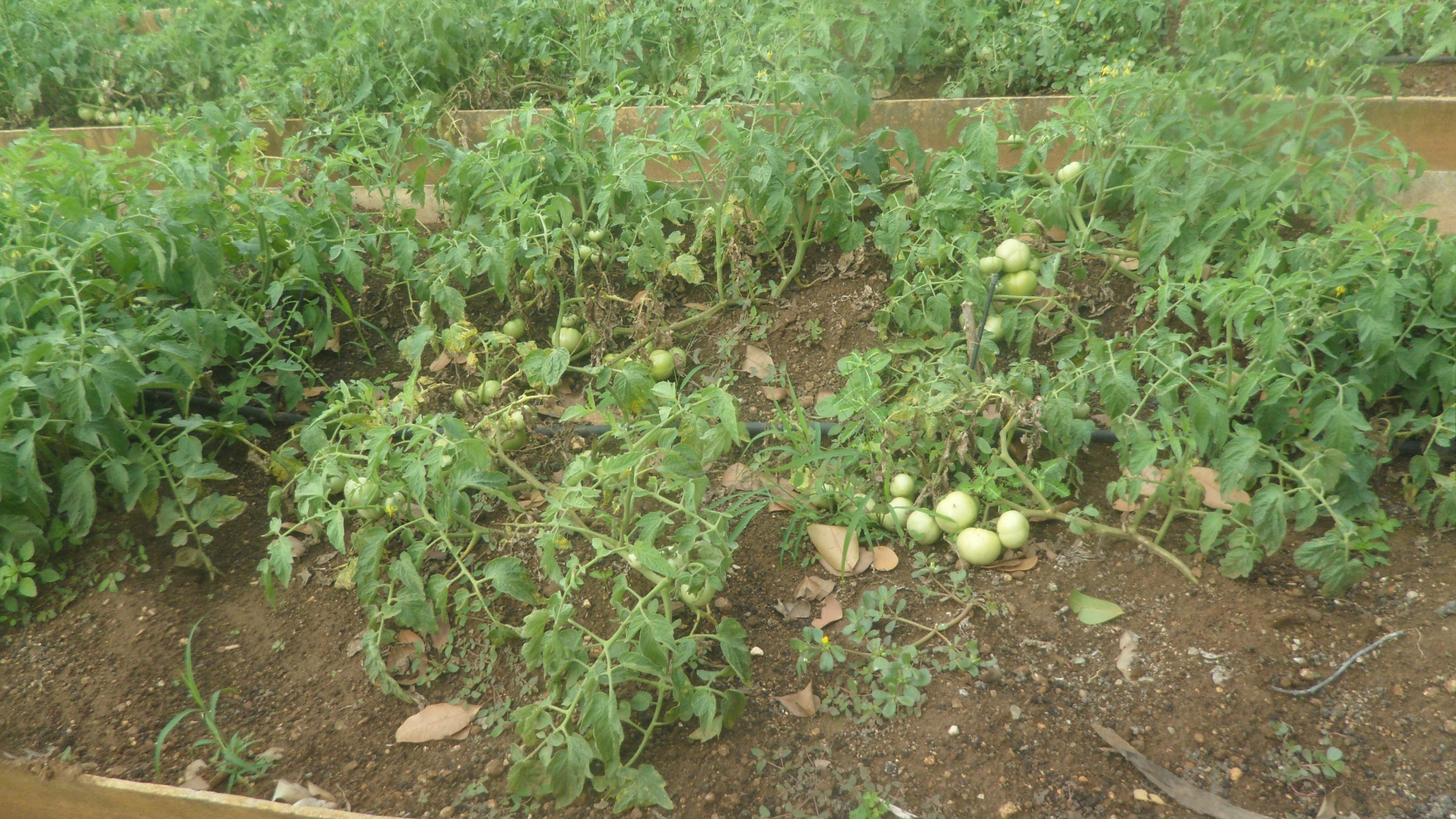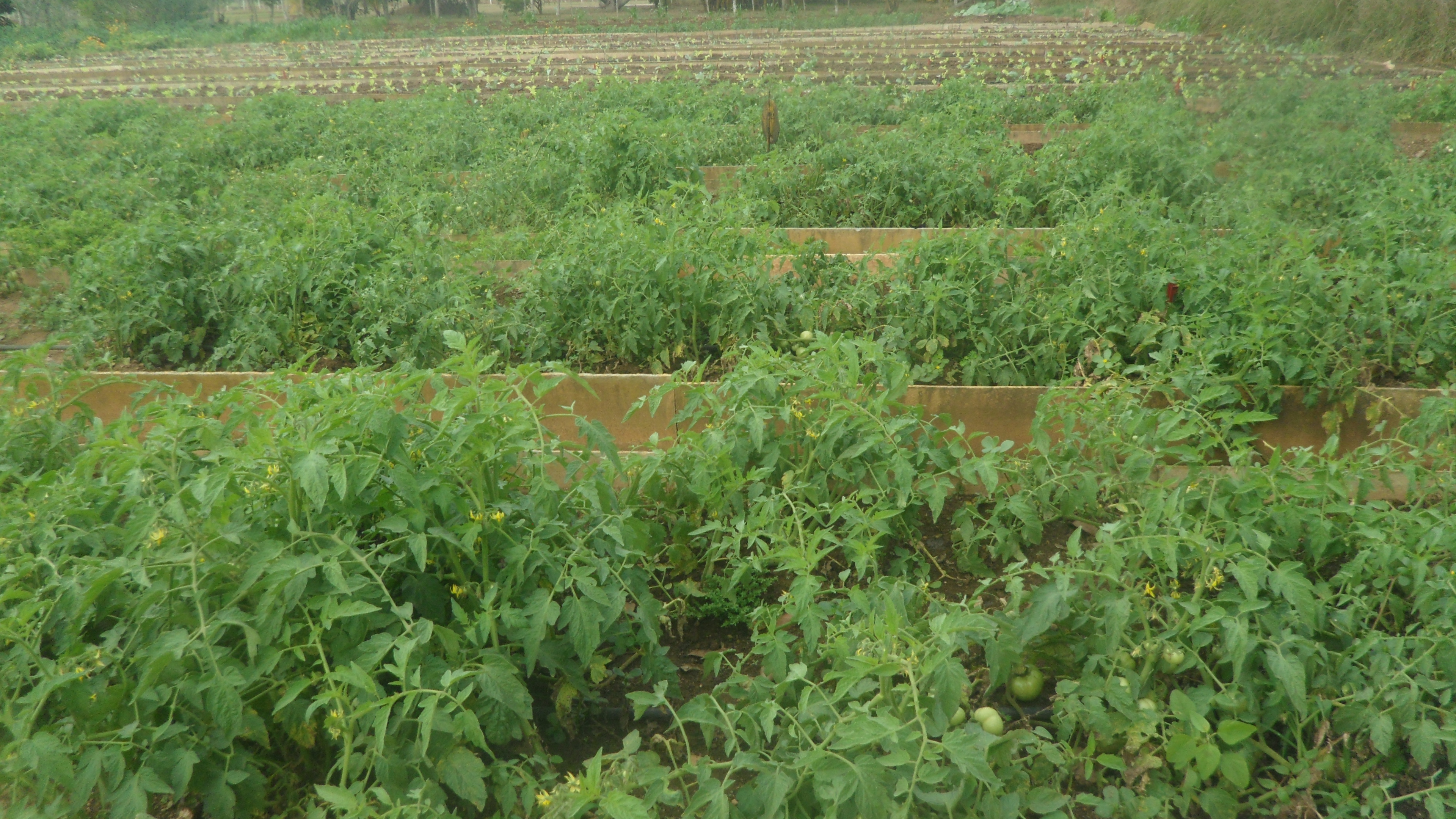School gardens are much more than just a garden in a school yard, they are a powerful educational tool that offers a wide range of benefits for students, the school community and the environment. School gardens offer a unique opportunity for students to learn about science, math, nutrition and sustainability in a practical and engaging way.

By growing their own food, students can learn about the life cycle of plants, the importance of pollination and how different environmental factors affect plant growth, they can also learn about the nutrients plants need to grow and how these nutrients benefit us when we eat the food we grow. In addition, school gardens can help students develop important skills such as responsibility, teamwork and problem solving. by working together in the garden, students learn to share tasks, communicate effectively and solve challenges that arise.
School gardens can also have a positive impact on students' health, by growing their own food, students have the opportunity to try new fruits and vegetables and learn about the importance of a healthy diet, studies have shown that children who participate in school garden programs are more likely to eat fruits and vegetables and have a better understanding of nutrition. In addition, working in the vegetable garden can be a great form of physical activity for students. They can dig, plant, water and harvest, all of which helps them stay active and healthy.

As for the environmental benefit, school gardens can also have a positive impact on the environment, by growing their own food, students learn about the importance of sustainable agriculture and how to reduce their carbon footprint, school gardens can also help provide habitats for pollinators and other animals.
For the aforementioned reasons, we have mentioned below some steps that can be followed to establish a vegetable garden in schools.
- Getting the support of the school administration it is important to have the support of the school administration before starting any school garden project.
- Forming a team with diverse members such as teachers, students, parents and community members can help make the project a success.
- Locate a space, it is essential to find a space on the school grounds that is suitable for a vegetable garden.
- Planning on the species to be grown determine what kind of plants you want to grow depending on the agroecological conditions of the area and how you are going to design your vegetable garden.
- Locate the necessary materials for planting such as seeds, seedlings, soil, tools and other materials that you need.
Once you have everything you need, you can establish seedbeds, depending on the type of plants and establish a planting schedule, about the rainy seasons where the availability of water is paramount, the crops that they establish must also be in line with the food that the children receive in the canteens, in this way they will be self-sufficient and will be guaranteeing a healthy diet for students free of inorganic substances that can influence human health. In summary, dear readers, school gardens are a valuable educational tool that offers a wide range of benefits for students and the entire school ecosystem.If you are interested in implementing a school garden in your child's school, I encourage you to start planning it.
Thanks for reading our articles, until a next post
| Bibliographic references |
|---|
- Urbano, P. (2008). Phytotechnics, plant production engineering. Mundi-prensa, Madrid: Spain.
Sources
- Photography and images: All photographs are the property of the author @amestyj.
- Agrotecnia banner: made by the author @amestyj with own images
- Hive Banner: Designed by the author @amestyj with image owned by hive.


